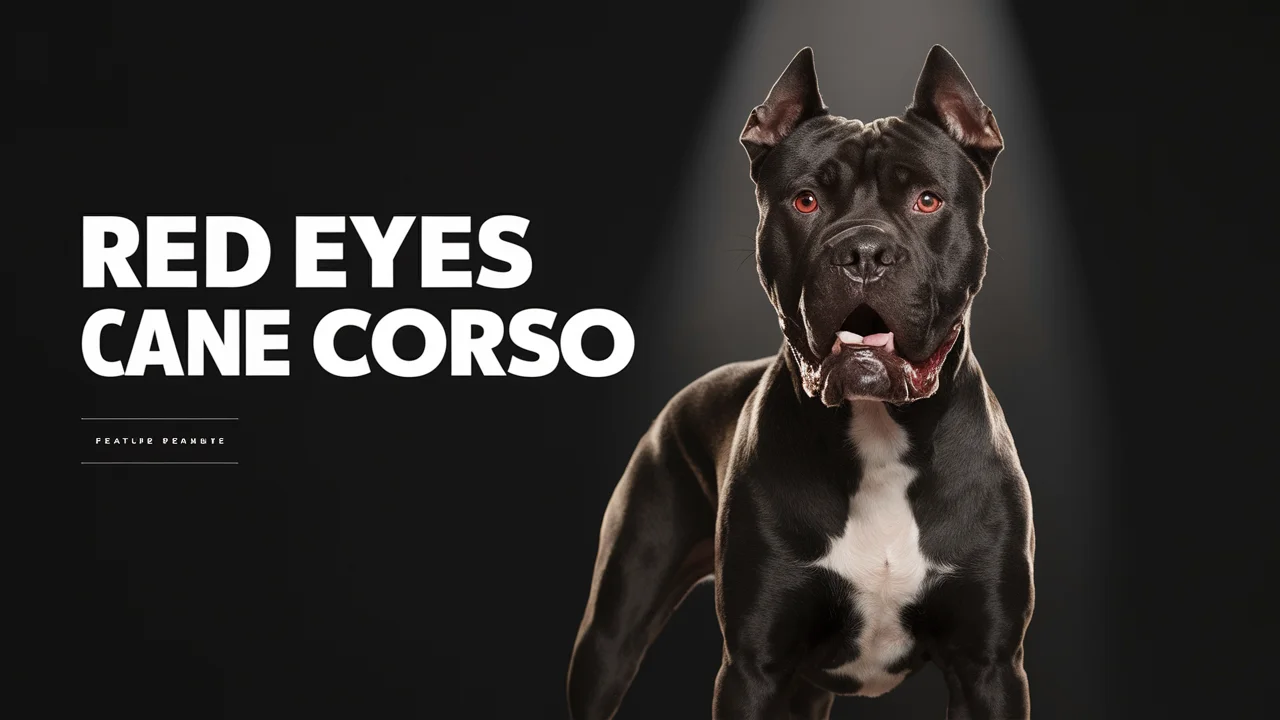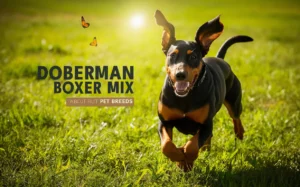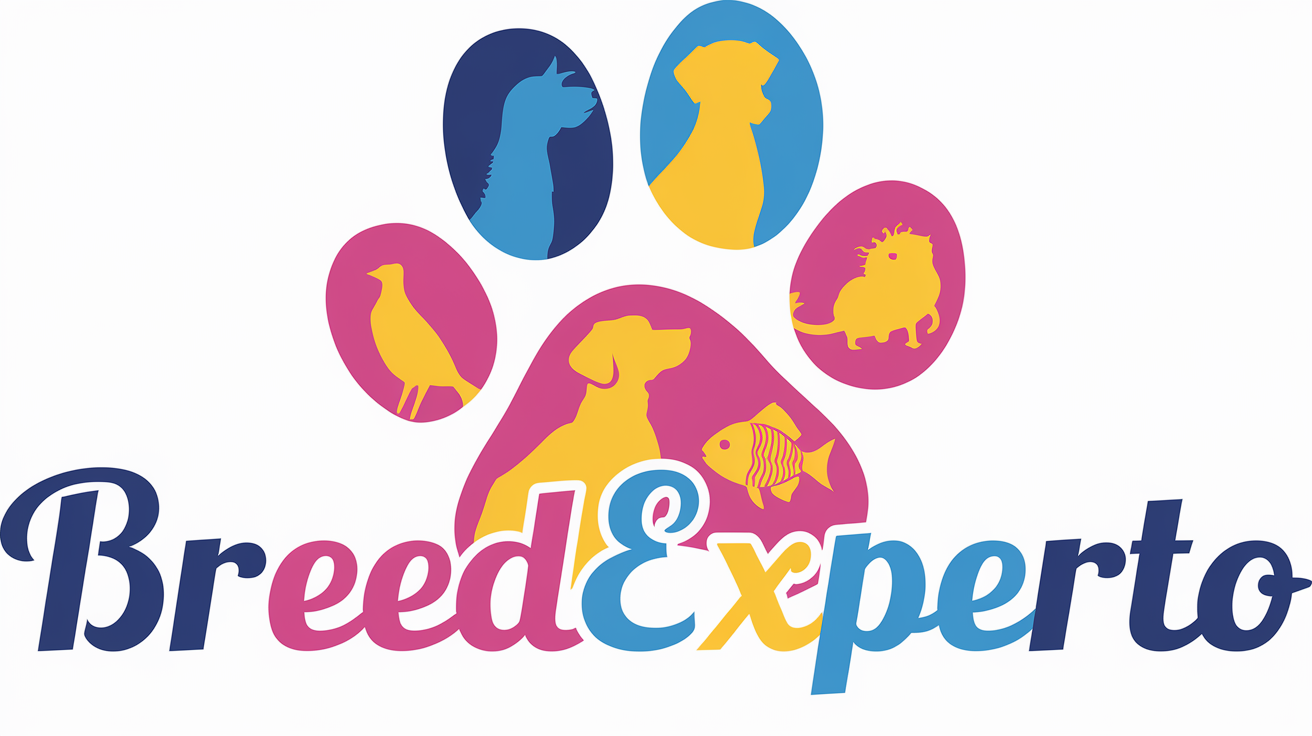Cane Corsos are powerful, majestic dogs known for their loyalty and protective nature. However, like any breed, they can face various health issues, including eye problems.
One alarming symptom that many Cane Corso owners may notice is red eyes. This condition can indicate underlying health concerns that require attention. In this blog post, we’ll explore the six most common causes of red eyes in Cane Corsos and provide effective solutions to help you care for your furry friend.
Injury or Foreign Objects in the Eye
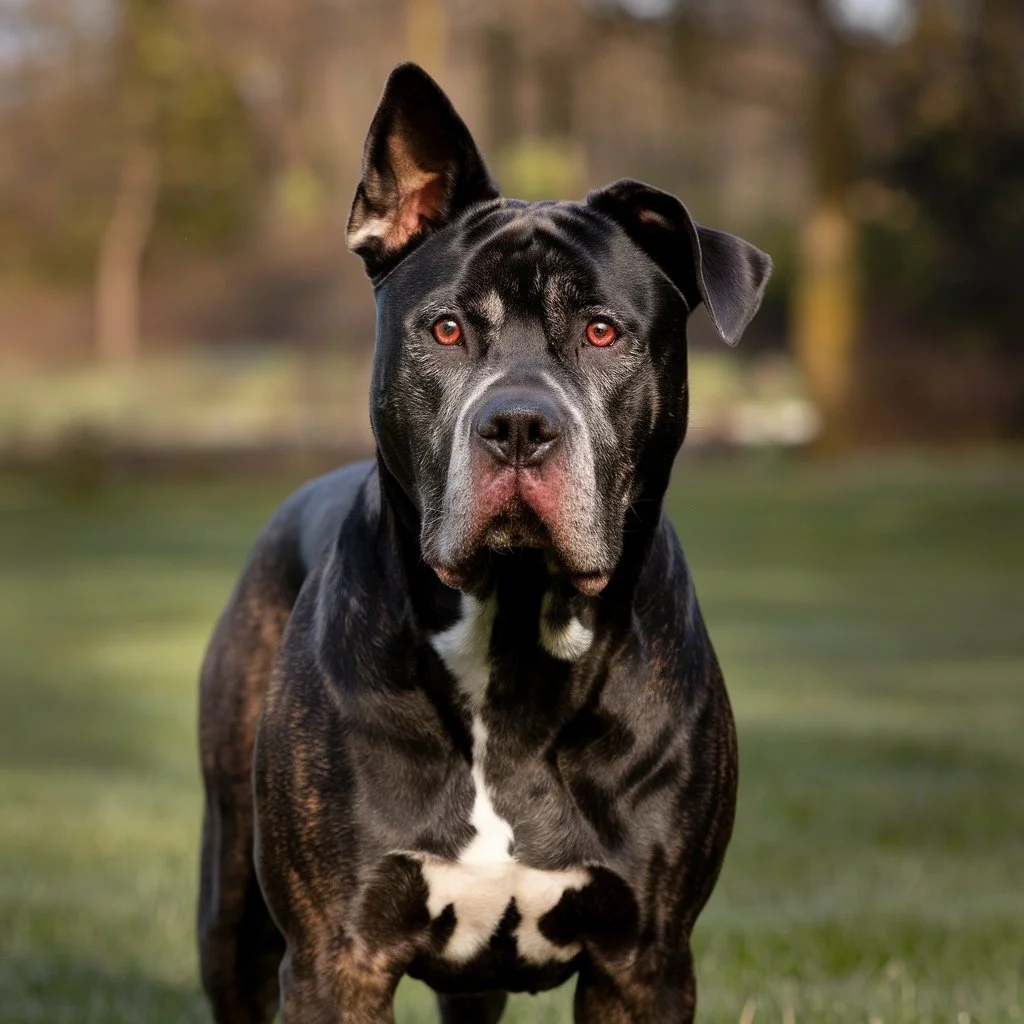
Cane Corsos are naturally curious and playful, which can sometimes lead to eye injuries. When your dog is running through bushes, playing with toys, or simply exploring their environment, they may come into contact with foreign objects that can scratch or irritate the eye.
Common Causes of Eye Injury:
- Playing with sharp objects: Sticks or rough toys can cause abrasions.
- Environmental debris: Dust, pollen, or small rocks can irritate the eye.
- Rough play with other pets: This can lead to accidental scratches.
Signs to Look For
- Excessive tearing or discharge from the eye.
- Squinting or keeping the eye closed.
- Pawing at the eye or rubbing against furniture.
What Can You Do About It?
- Immediate Action: If you suspect your Cane Corso has an eye injury, flush the eye gently with saline solution to remove any debris. Avoid using tap water as it may contain irritants.
- Veterinary Care: If the symptoms persist or worsen, seek veterinary care. A veterinarian may prescribe antibiotic drops or ointments to prevent infection.
- Prevention Tips:
- Supervise playtime, especially in environments with potential hazards.
- Use dog-safe toys that are less likely to cause injury.
Allergies
Like humans, dogs can suffer from allergies, which can manifest as red, irritated eyes. Cane Corsos may be allergic to various environmental factors or certain foods.
Common Allergens for Cane Corsos:
- Pollen: Seasonal allergies can affect your dog during spring and fall.
- Dust mites: Common in indoor environments.
- Certain foods: Ingredients like wheat, chicken, or dairy may cause reactions.
Signs to Look For
- Red, watery eyes accompanied by itching.
- Sneezing or coughing.
- Skin irritations or rashes.
What Can You Do About It?
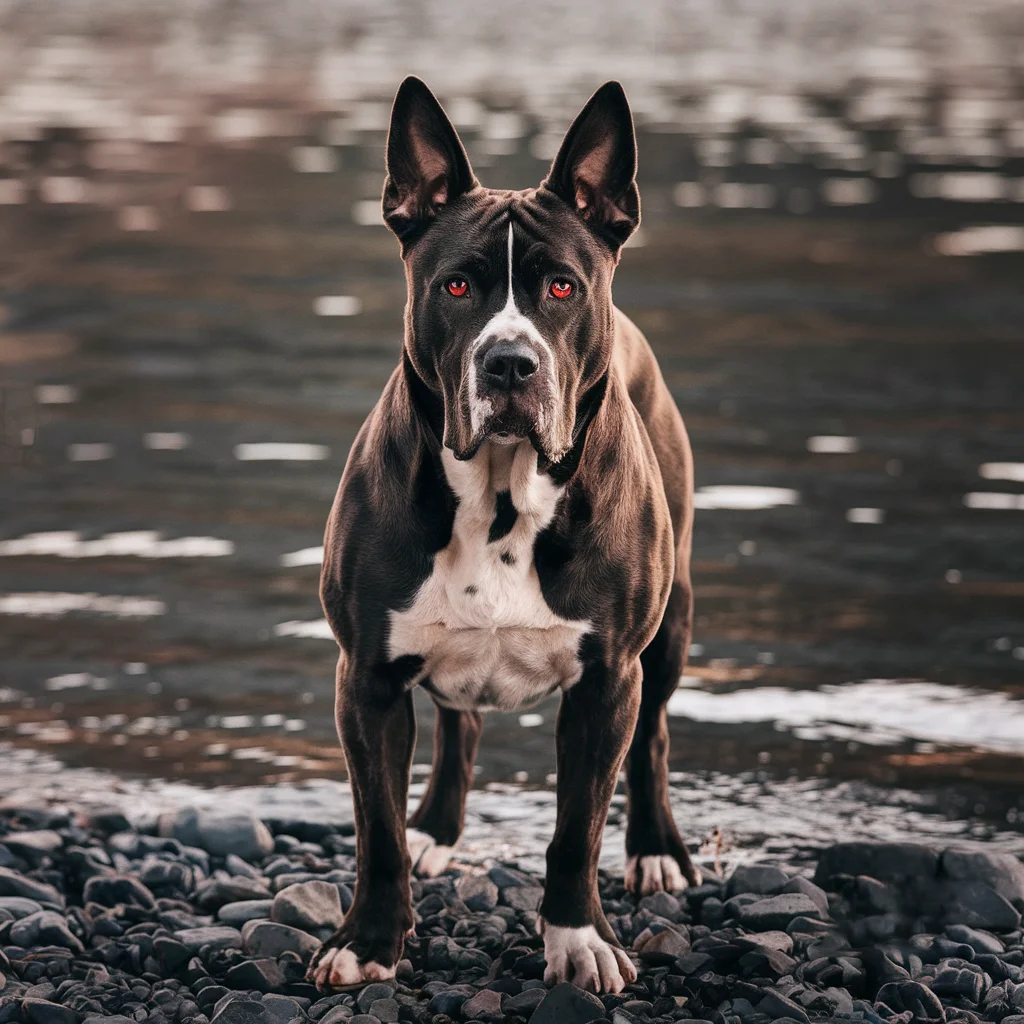
- Identify Triggers: Keep a diary of when symptoms occur and any changes in your dog’s environment or diet. This can help identify potential allergens.
- Elimination Diet: Consult your veterinarian about an elimination diet to rule out food allergies. This involves feeding your dog a limited ingredient diet for a period and gradually reintroducing other foods.
- Treatment Options:
- Over-the-counter antihistamines may help, but always consult your vet first.
- Maintain a clean environment by regularly vacuuming and using air purifiers.
Glaucoma
Glaucoma is a serious condition characterized by increased pressure within the eye, which can lead to pain and potential blindness if untreated. Cane Corsos are at risk for both primary and secondary glaucoma.
Signs to Look For
- Affected eyes may appear larger or bulging.
- Redness and cloudiness in the eye.
- Behavioral changes like sensitivity to light.
What Can You Do About It?
- Regular Veterinary Check-ups: Routine eye exams are crucial, especially for breeds predisposed to eye issues. The vet may use tonometry to measure eye pressure.
- Treatment Options:
- Medications: Eye drops to reduce intraocular pressure.
- Surgery: In severe cases, surgical intervention may be required to relieve pressure or remove the eye.
Pink Eye (Conjunctivitis)
Pink eye, or conjunctivitis, is an inflammation of the conjunctiva, the tissue lining the eyelid and eye. It can be caused by infections, allergens, or irritants.
Signs to Look For
- Redness in one or both eyes.
- Discharge that may be clear or pus-like.
- Swelling of the eyelid.
What Can You Do About It?
- Home Remedies:
- Use a warm compress to soothe the eye. Apply it for 5-10 minutes several times a day.
- Veterinary Intervention: If the condition doesn’t improve, consult your vet. They may prescribe antibiotic eye drops or ointments.
- Preventative Measures:
- Keep your dog’s eyes clean by gently wiping away discharge with a soft, damp cloth.
- Ensure your Cane Corso’s living area is free from dust and allergens.
Cherry Eye

Cherry eye occurs when the gland of the nictitating membrane (the third eyelid) prolapses and becomes visible. This condition is more common in certain breeds, including the Cane Corso.
Signs to Look For
- A prominent red mass in the corner of the eye.
- Discomfort, irritation, or excessive blinking.
What Can You Do About It?
- Home Care: Avoid irritants like smoke or strong fragrances. Monitor the eye for signs of infection.
- Surgical Treatment: In most cases, surgery is the best option to reposition the gland and prevent further issues.
- Post-Surgery Care:
- Follow your vet’s post-operative care instructions carefully.
- Limit your dog’s activity to allow for proper healing.
Dry Eye (Keratoconjunctivitis Sicca)
Dry eye, or keratoconjunctivitis sicca, is a condition where the eye doesn’t produce enough tears, leading to dryness and irritation. This can be especially problematic for Cane Corsos, as it can lead to serious eye issues.
Signs to Look For
- Persistent redness and irritation.
- Thick discharge or mucus.
- Excessive blinking or squinting.
What Can You Do About It?
- Veterinary Diagnosis: Regular check-ups can help monitor tear production. Your vet may perform a Schirmer tear test to measure tear production.
- Treatment Options:
- Artificial Tears: These can help lubricate the eye and provide relief.
- Medications: Prescription drops may stimulate tear production.
- Ongoing Monitoring: Keep a close watch on your dog’s eyes, especially if you notice any changes in behavior or eye appearance.
Conclusion
Red eyes in Cane Corsos can stem from various causes, each requiring specific attention and care. Recognizing the symptoms early can lead to timely treatment, ensuring your canine companion maintains optimal eye health.
As a responsible pet owner, understanding the potential causes of red eyes and knowing how to address them is crucial. Regular veterinary check-ups, maintaining a clean environment, and being observant of your dog’s behavior can go a long way in preventing and managing eye issues.
If you notice persistent symptoms of red eyes in your Cane Corso, don’t hesitate to consult your veterinarian for tailored advice and treatment options.
Additional Resources
For more in-depth information on Cane Corso health, consider the following resources:
- Cane Corso Association
- American Kennel Club (AKC) Breed Information
- PetMD Articles on Eye Health
This post offers an extensive overview of the causes and solutions for red eyes in Cane Corsos. By addressing these issues promptly and effectively, you can ensure a happy and healthy life for your beloved pet.
